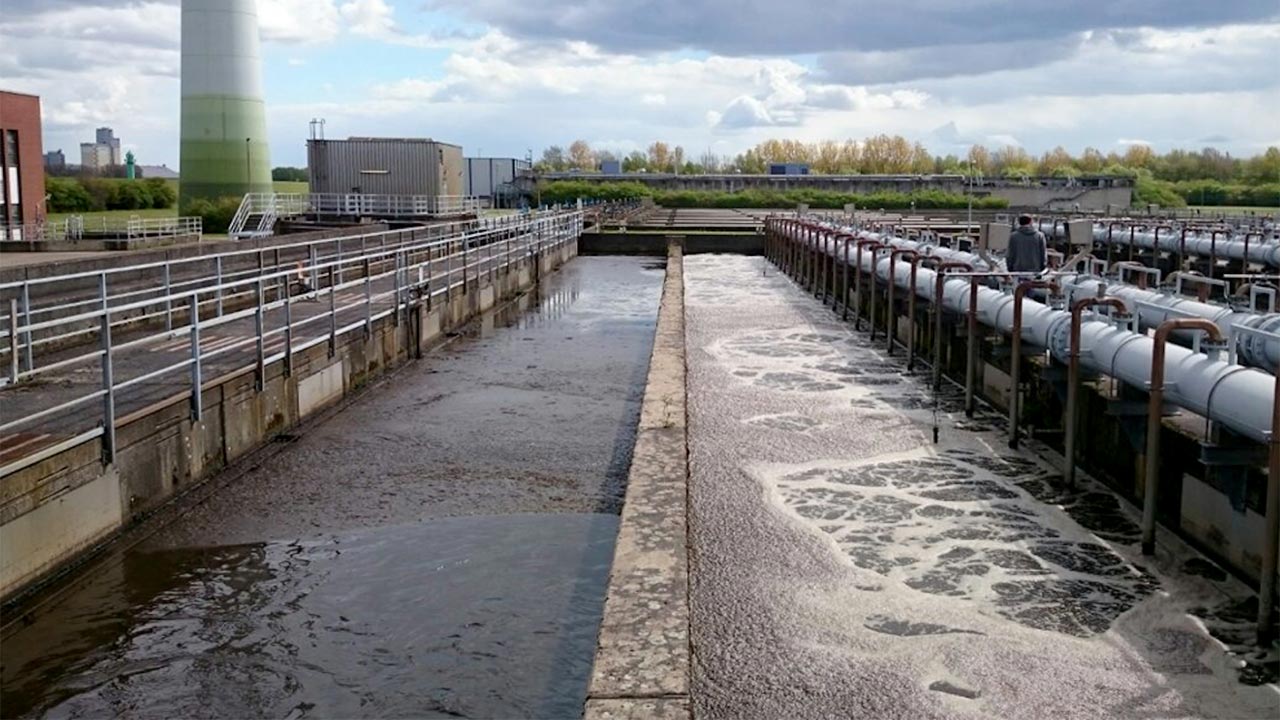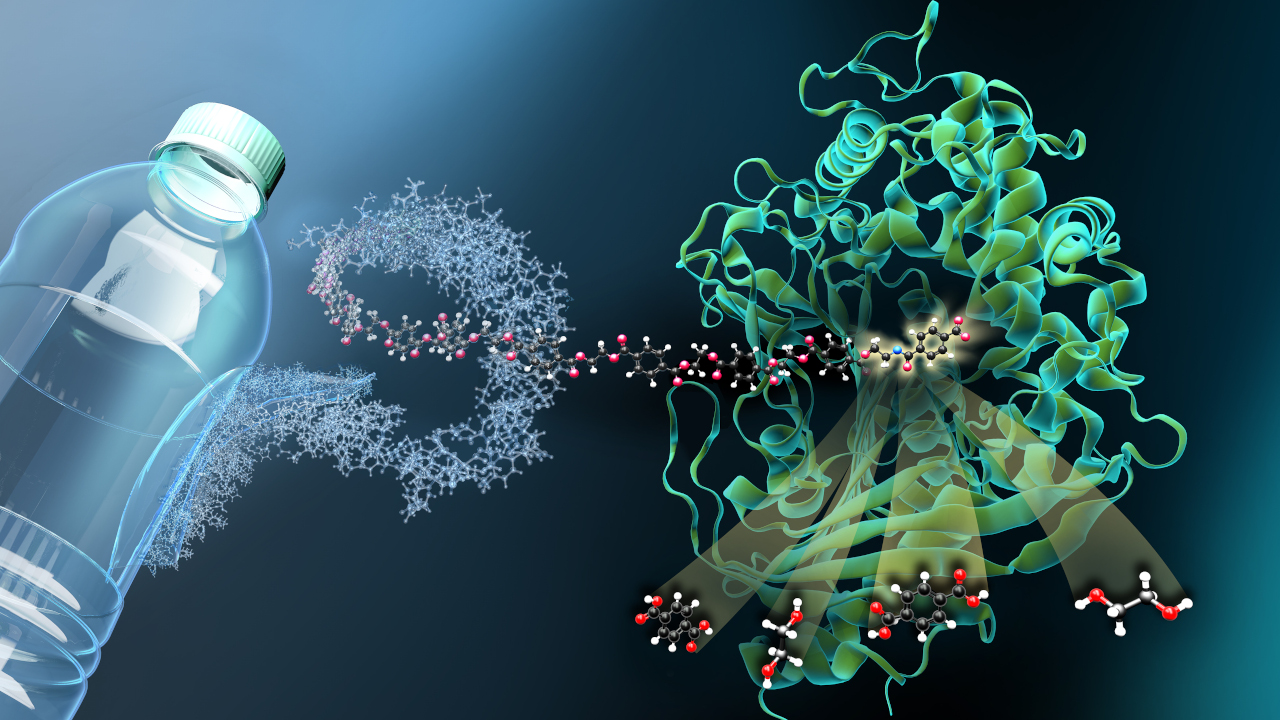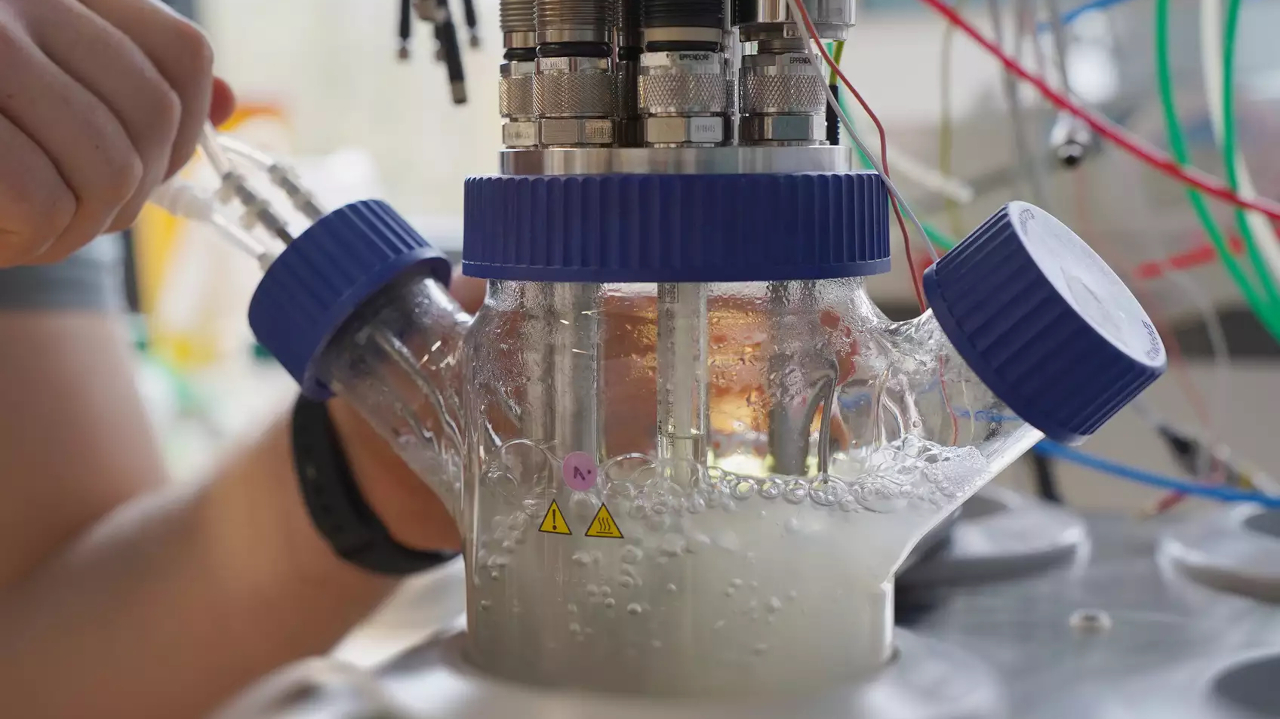Nitric oxide metabolizing bacteria cultivated
For the first time, it has been possible to study organisms that feed on nitric oxide in greater detail.

Nitric oxide - NO for short - is a gas that is both important and deadly to living things. Researchers speculate that it may have been involved in the origin of life as a precursor to oxygen in prehistoric times. However, it damages the ozone layer and can react to form nitrous oxide, a potent greenhouse gas. Reactive nitric oxide is also a signaling molecule that is toxic to many organisms. However, some microorganisms can feed on the energy-rich gas. A team from the Max Planck Institute for Marine Microbiology in Bremen has now studied how this works in more detail for the first time.
Special equipment for research
Researchers led by Paloma Garrido Amador and Boran Kartal report in the journal Nature Microbiology on two previously unknown species of microorganisms that they were able to grow and cultivate on NO. The team found the organisms at the Bremen wastewater treatment plant. "We collected sludge from the denitrification tank," Garrido Amador reports. "We brought it to our lab, put it in one of our bioreactors and started incubation by feeding it with NO." That was four years ago. "Since NO is toxic, we needed special equipment and had to be very careful with the cultures so as not to put ourselves at risk," Garrido Amador continues. But even today, he says, the plants are thriving.
Different behavior than known from model organisms
"It turned out that two previously unknown species dominated the culture," Kartal says. "We named them Nitricoxidivorans perserverans and Nitricoxidireducens bremensis." Using these species, the team sought to understand how the metabolism of microorganisms that feed on NO works. "Some of our observations make it clear that these microbes behave differently than model organisms - organisms that are easy to culture and therefore have been extensively studied," Kartal reports. "We also show that conclusions about microbial metabolism based on genomic analyses alone are limited."
What role microorganisms growing on NO play in global matter cycles is still unclear. "The enriched microorganisms were very efficient at converting NO to molecular nitrogen," Kartal says. "There was virtually no release of the greenhouse gas nitrous oxide." That's remarkable, he says, because many other microorganisms convert NO to nitrous oxide. Molecular nitrogen, on the other hand, is harmless to the climate.
Better understanding of the nitrogen cycle
In the last four years, however, these two species have not been the only ones found. The research team searched for and found more organisms that feed on NO. "By culturing and enriching more NO-breathing microorganisms, we will better understand the evolution of nitric oxide reduction and the enzymes involved. This will also allow us to decipher the role of NO in known and yet unknown processes of the nitrogen cycle and its importance in natural and artificial environments where these processes take place," Garrido Amador hopes.
bl


